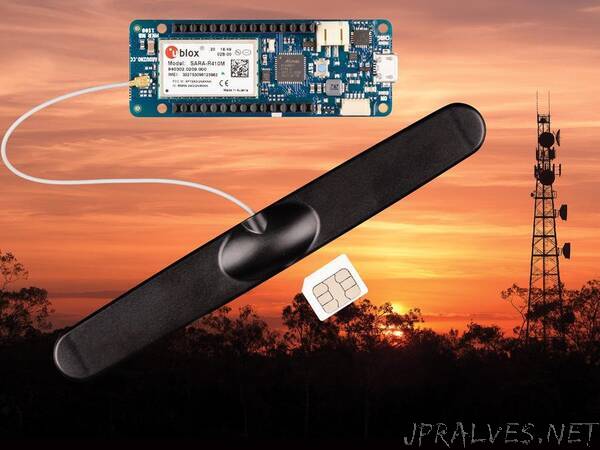
“We put the Arduino MKR NB 1500 to the test using the Telstra network and show you how to give your IoT project long range communication.
Introduction
There may be times where you need a project to monitor real-world conditions in a remote location and transmit that data to the end user wirelessly. It could be, for example, a series of remote pumping stations which are critical infrastructure for your property or operations. You may need to monitor the air quality for a buildup of gases in the pit, the flow rate to gauge the performance of the pump, and maybe the voltage of a backup battery. It could also be a remote weather station or access control system for the gates around your property.
It’s not practical for yourself or an employee to constantly travel to each site to monitor the system. Therefore, automation is your best solution.
The good news is that there are a number of ways you could do this. For example, back in Issue 21, we created a LoRa/Arduino-based IoT device, which in our testing was able to transmit data from a sender unit to a receiver over a distance of nearly 7.5km. At the time we were thoroughly impressed with the reach of this project but in hindsight, 7km is insignificant once you consider Australia covers an area of 7.692 million km². The distance problem aside, there are other issues that would make LoRa undesirable in this situation.
LoRa is a shared network that operates on the shared Industrial, Scientific and Medicine (ISM) UHF radio band between 915MHz - 928 MHz. This band does not require a license from the Australian government to transmit on, which means anyone is free to use the band, and as such, this small band could become congested.
The best way to explain this congestion is to imagine the ISM band as the space inside of a pub or bar, and you and your friends are clients in this bar, all communicating together in much the same way as IoT nodes do. As more and more people (clients) enter the venue, there is more and more background noise as the other clients are trying to communicate in the limited space of the venue. This leaves you with no other options but to repeat the same message.
If you don’t, your communication is simply drowned out by the accumulation of other communications. If your project is a simple weather station, LoRa can make sense as a few missed communications here and there will have minimal impact. However, if like in our hypothetical situation with a mission critical device, such as our remote pump stations, lost communications could be disastrous.
Cellular based IoT on the other hand uses a dedicated spectrum which the network provider tightly controls. Only approved clients can communicate in the space essentially creating a reserved VIP lounge for you and your friends.
So, what are your options if you need to communicate with a device over much greater distances than a LoRa node will allow or if you have a mission critical need? Well, thanks to the collaboration between Arduino and Telstra, we have the answer.”
